In Memory:
Larry Ruth, Renowned M1 Carbine Historian
May 31st, 2022
5 minute read
The firearms and collector community lost a great friend and researcher recently. Larry Ruth, our foremost M1 Carbine expert, passed away on May 1, 2022. He was 82. He leaves behind his wife Jacqueline, married 50 years, a large and loving family, and a legion of fans.
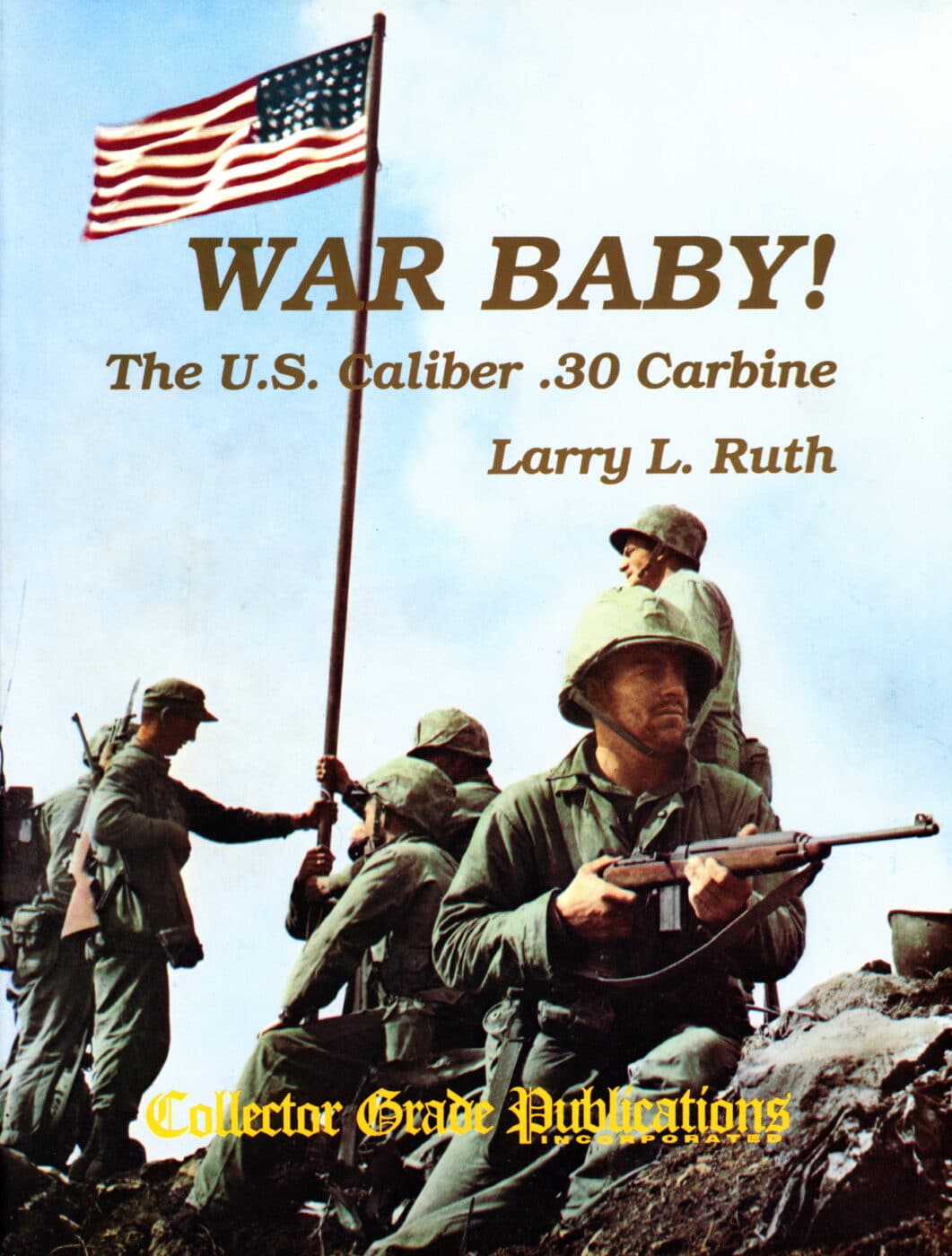
Larry was a high school teacher for 41 years, and he was also a patient teacher to the firearms community, conducting a masterclass in the study of the M1 Carbine. Larry’s extensive research on the M1 Carbine began when he was a young man during the 1960’s. By the time he was through, he had authored seven books on the Carbine, three of them the massive War Baby! volumes (512, 366 and 952 pages) produced by the unfortunately now-closed Collector Grade Publications. The amount of information Mr. Ruth amassed in these increasingly rare and valuable books helped drive the M1 Carbine into its position as the most collectible U.S. military firearm.
Shining a Light
When Larry penned War Baby! in 1992, overall knowledge of the many intricacies of the M1 Carbine was limited to a select few gun collectors. For the rest of us, there were many misconceptions, along with plenty of old myths and wives’ tales. The devil is in the details, and Larry opened a lot of collectors’ minds to the previously bedeviling details of the handy little rifle first introduced in late 1942. Larry proceeded to teach us about the history of the Carbine, from its design to its extensive WWII manufacturing program, to the improvements in its design, to the significant post-WWII arsenal rebuild program.
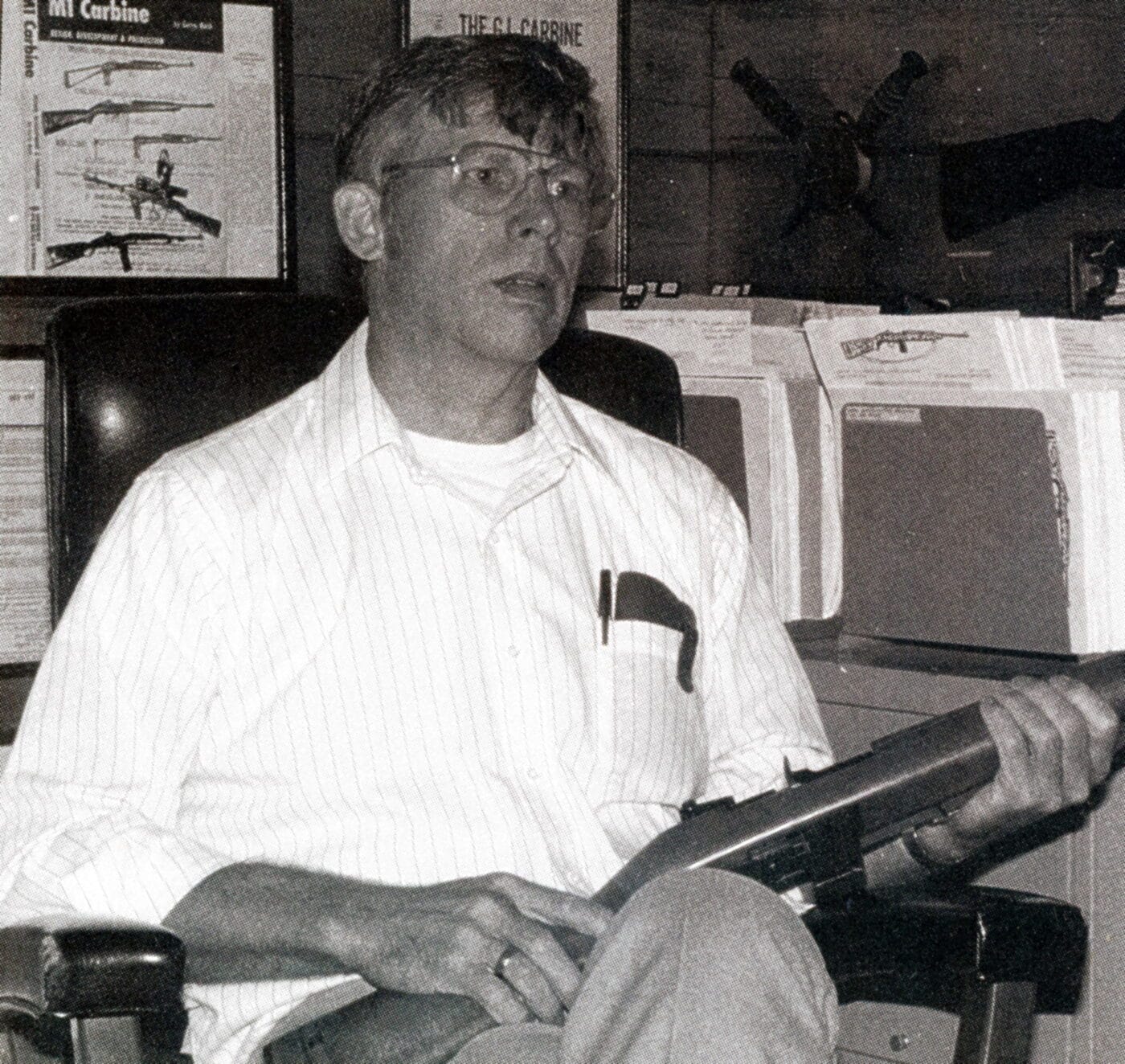
With the release of the film Saving Private Ryan (1998), and then the HBO series Band of Brothers (2001), interest grew steadily in all American firearms from the WWII era, and particularly in the M1 Carbine. Prices began to rise, and the market for Carbine parts became almost frenetic. Larry’s books helped many new collectors navigate the increasingly complex and expensive Carbine market.
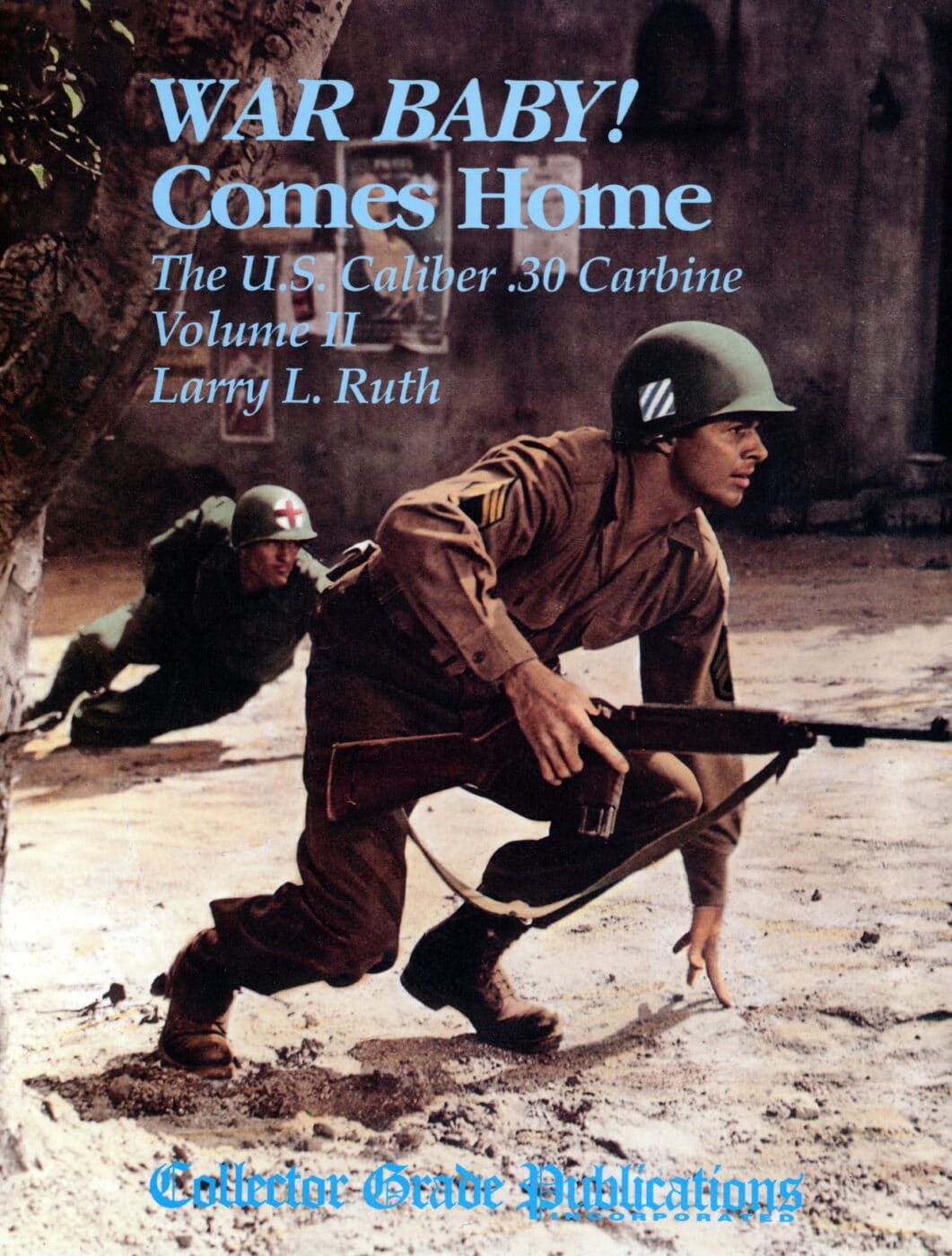
I met Larry in the late 1990’s, after I had purchased a commercial M1 Carbine (a Universal), that looked great and shot well until it didn’t. Larry patiently described the differences between a G.I. Carbine and the 1960’s manufactured Universal, particularly the completely different slide (which had broken on my carbine). We fixed my old Universal and I promptly sold it to a collector who prized it for his extensive collection.
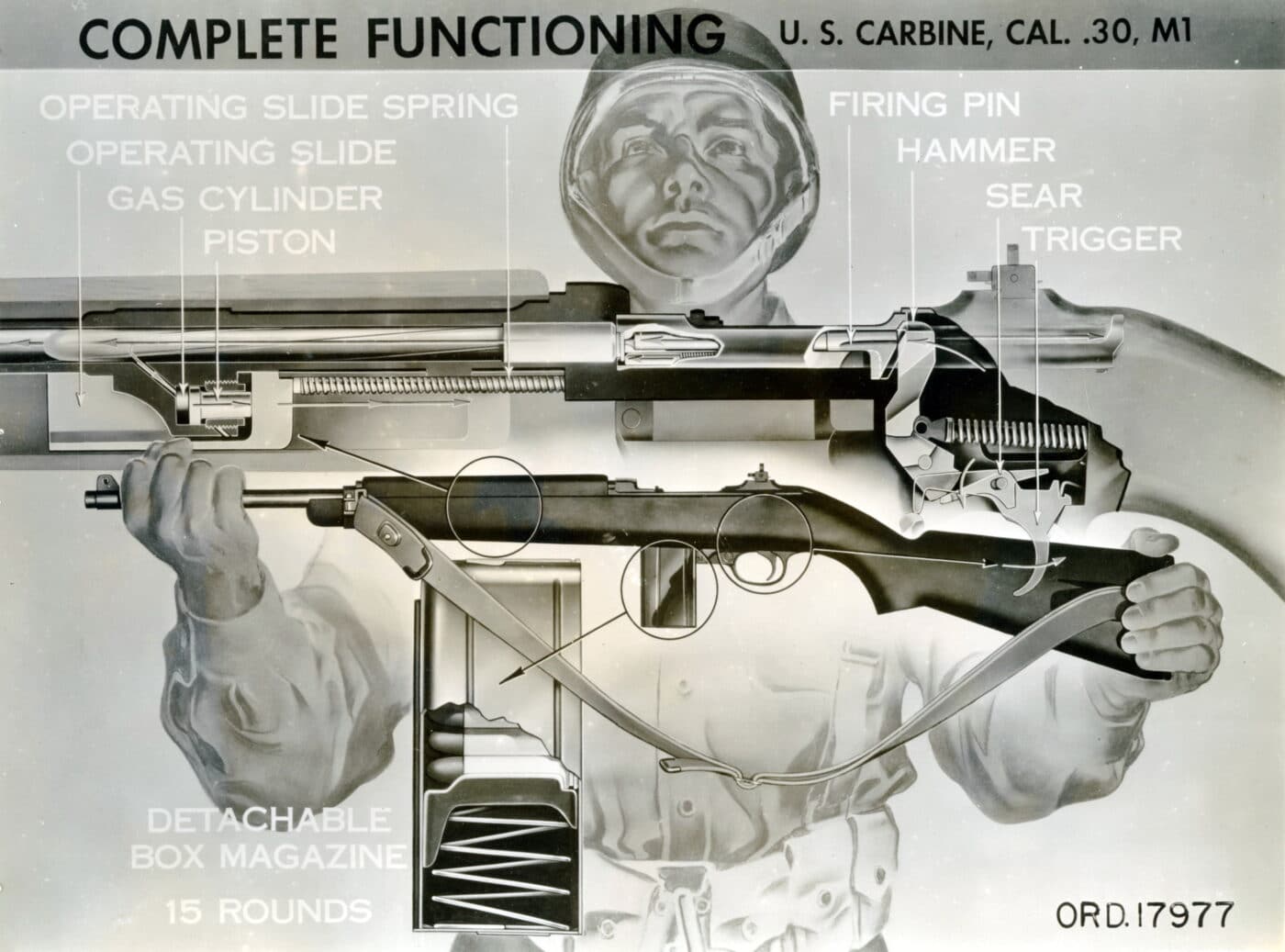
With new money in hand, I bought Larry’s first two War Baby! volumes and a government-issue M1 Carbine made by Inland. Six months went by before I saw Larry again, and in that time I think I fell into a bit of Carbine-frenzy. Larry asked how things were going and I admitted that I purchased 11 carbines in that time. He laughed and said: “Well, that can happen. Generally speaking, though, no matter how many Carbines you have, you only shoot them one at a time.” That was back when M1 Carbines were still reasonably priced. Since then, dwindling supplies of the originals, and ever-increasing interest, have pushed prices beyond the means of many folks, particularly those just starting their collections.
As for me, my fascination with the M1 Carbine continued and I decided to write about it. However, I knew that I would never know as much about that fascinating little rifle as Larry Ruth had already forgotten. Comfortable with that, I began to work on documenting the combat career of the Carbine in photographs. This culminated in a photo-study volume about the M1 Carbine, published in 2006. Larry graciously provided the introduction for that book.
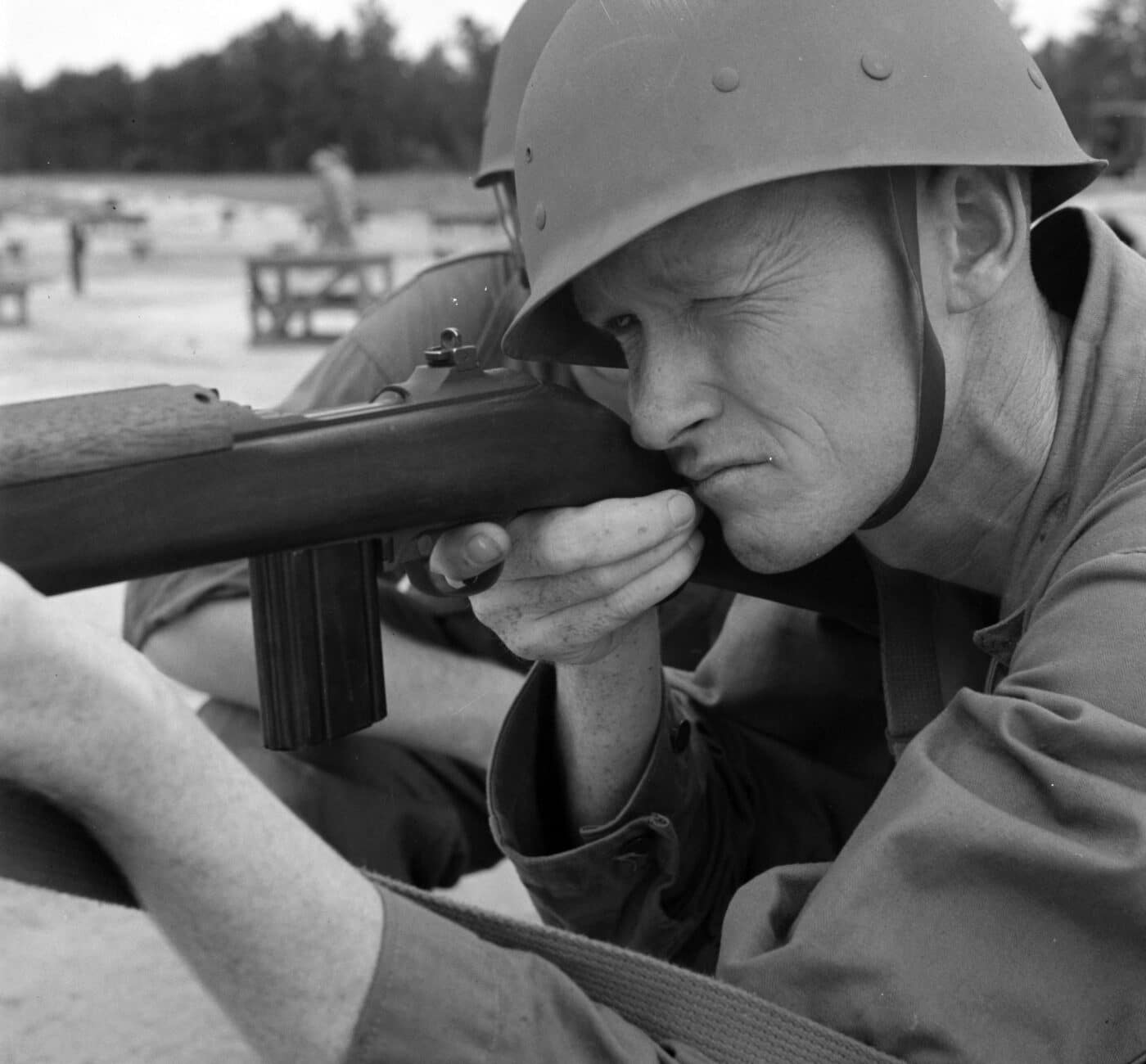
Over the years, I would share photos from my collection with him, often of strange field modifications produced by American troops in every combat theatre. On several occasions, Larry would have liked to do a deep-dive investigation on one of those images, but he had plenty on his plate already and he stayed focused on the path of his research. There is so much detail to know about the M1 Carbine, more than enough to keep us busy for years to come. As for me, I have renewed motivation to create a second, larger photo study of the Carbine in combat. I’ve already started working on it, and when it is done, I will dedicate it to Larry.
Diving In
Collecting the M1Carbine is simply a lot of fun. All the variations and manufacturers (from Winchester to Rock-Ola and everywhere in between) will give your brain a workout. There are the many “mix-masters” of parts from all manufacturers and the rare examples of “all-matching”. There are the arsenal-rebuild rifles, there are the original standard WWII-production (early and late), and there are many nuances to stock types and handguards, and, well … you get the picture.
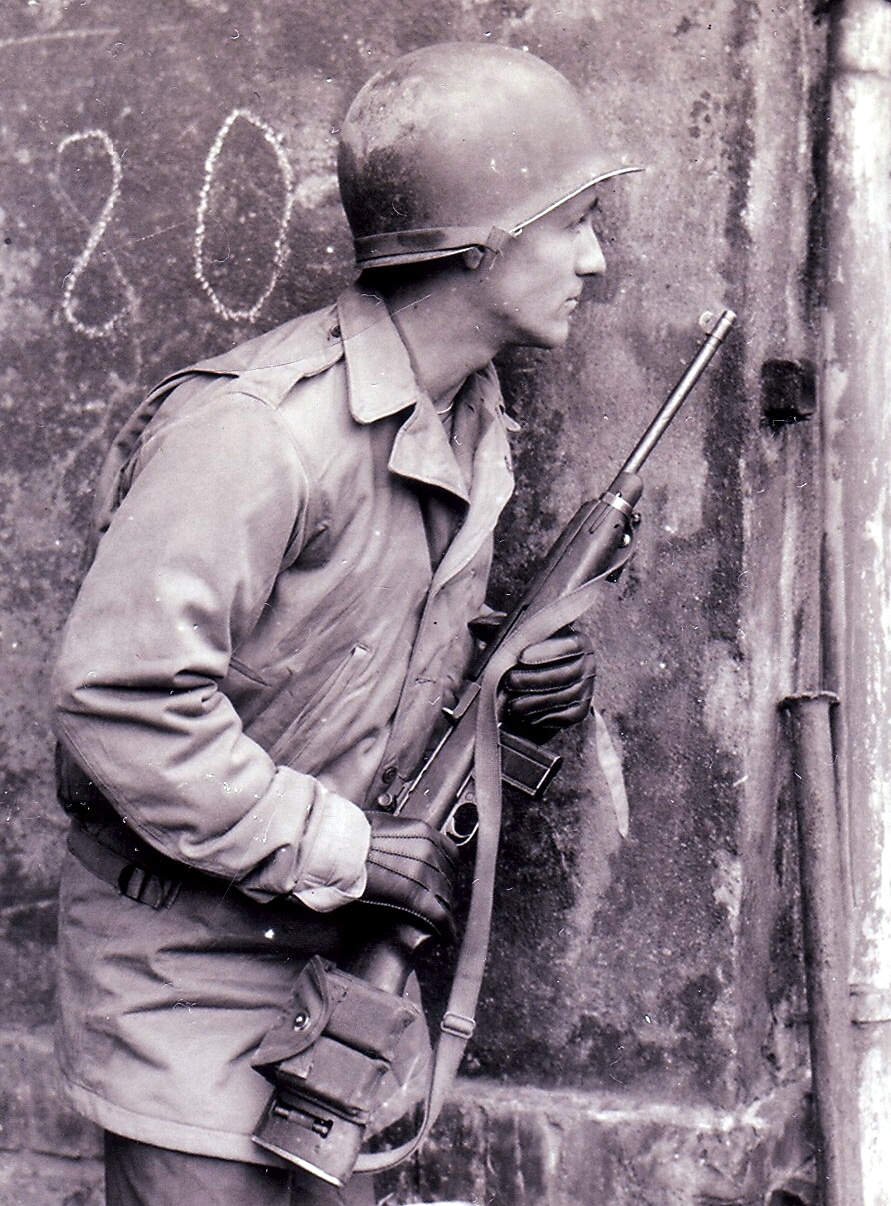
Many people love to shoot them, and there are some folks who swear by the M1 Carbine as their top choice as a “bug-out” gun, in case the proverbial you-know-what-hits-the-fan. It certainly is easy to use, even for total beginners.
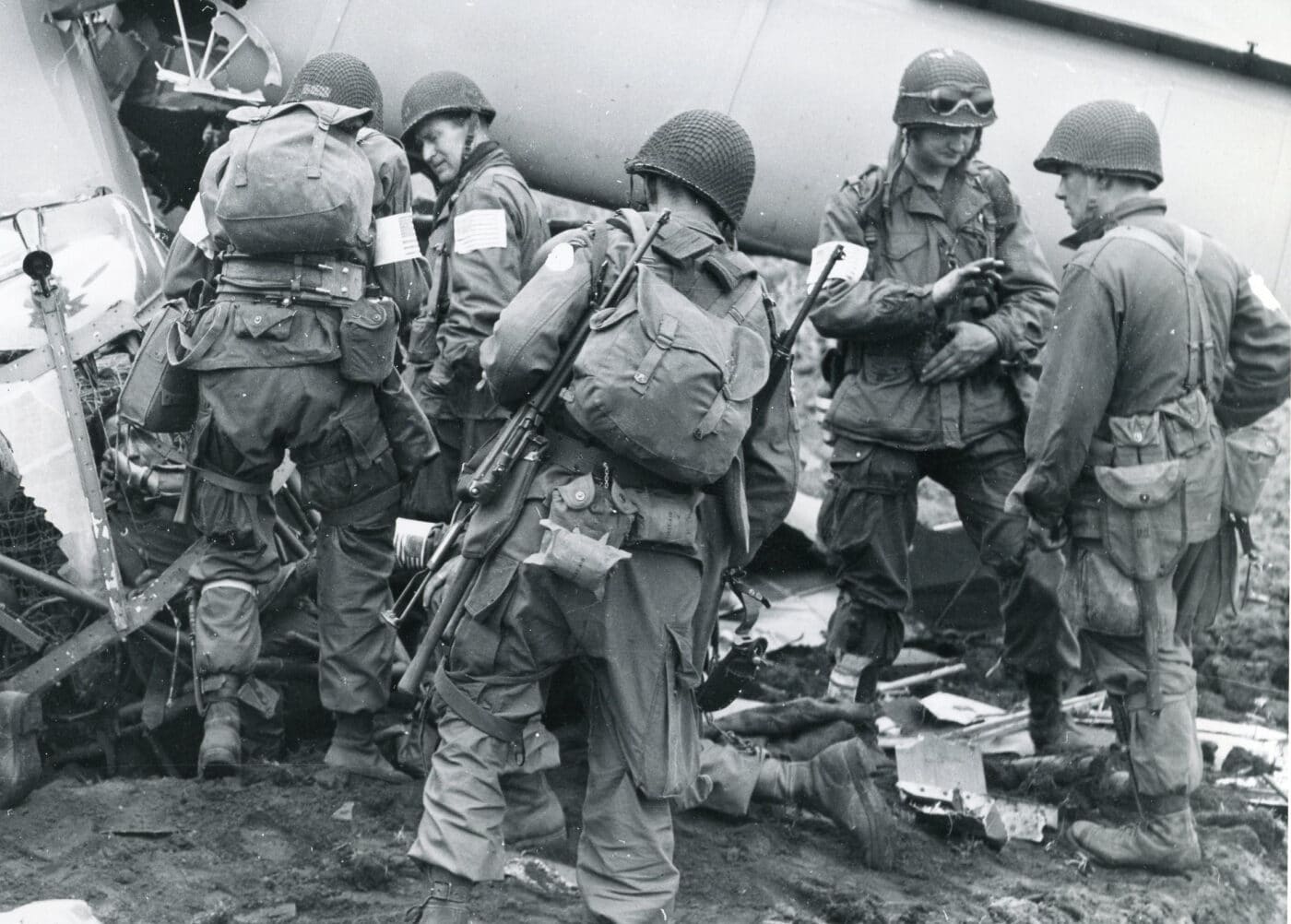
A little more than 6.1 million M1 Carbines were manufactured from 1942-1945, making it the most produced U.S. small arm during World War II. The average cost to produce an M1 Carbine during WWII was about $50, and if you find some at that price today, buy as many as you can.
Conclusion
I have one last thought about Larry Ruth. He was kind to me, and many, many others. He taught me a lot, along with many others, too. Unfortunately, I did not tell him, man-to-man, how much I valued his help. We had plenty of laughs and great discussions, but I regret that I did not fully express my appreciation. I suppose it would have embarrassed him. Even so, thanks, Larry. We will miss you.
Editor’s Note: Please be sure to check out The Armory Life Forum, where you can comment about our daily articles, as well as just talk guns and gear. Click the “Go To Forum Thread” link below to jump in!
Join the Discussion
Continue Reading
Did you enjoy this article?

 226
226






